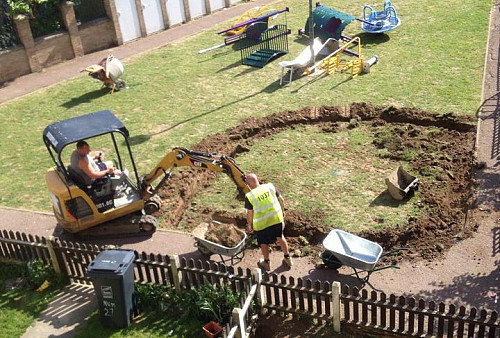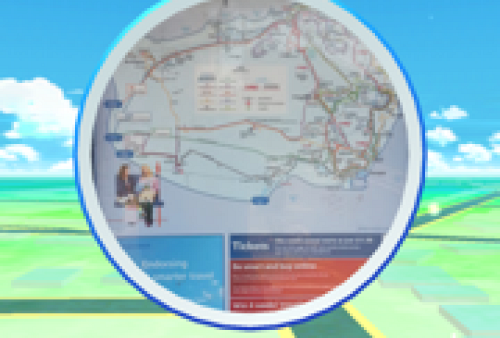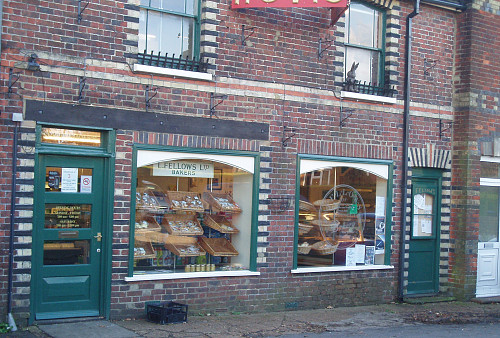Help
Local Authorities have the duty to support your parish/town in preparing a plan. However, before you decide on a neighbourhood plan, consider the length of time and financial implications of producing one. The complexity of your plan will depend on what it is trying to achieve be it a single topic issues or a wide ranging. Your cost could also be impacted by the size of your population when it comes to surveys and community engagement activities.
The first formal stage of preparing a neighbourhood plan is to get your parish/town/area designated. Your community can begin to identify their issues and concerns as well as aspirations before you become a fully designated area. However, in the case of funding, your community will not be eligible to apply until you become formally designated as neighbourhood plan area.












Comments